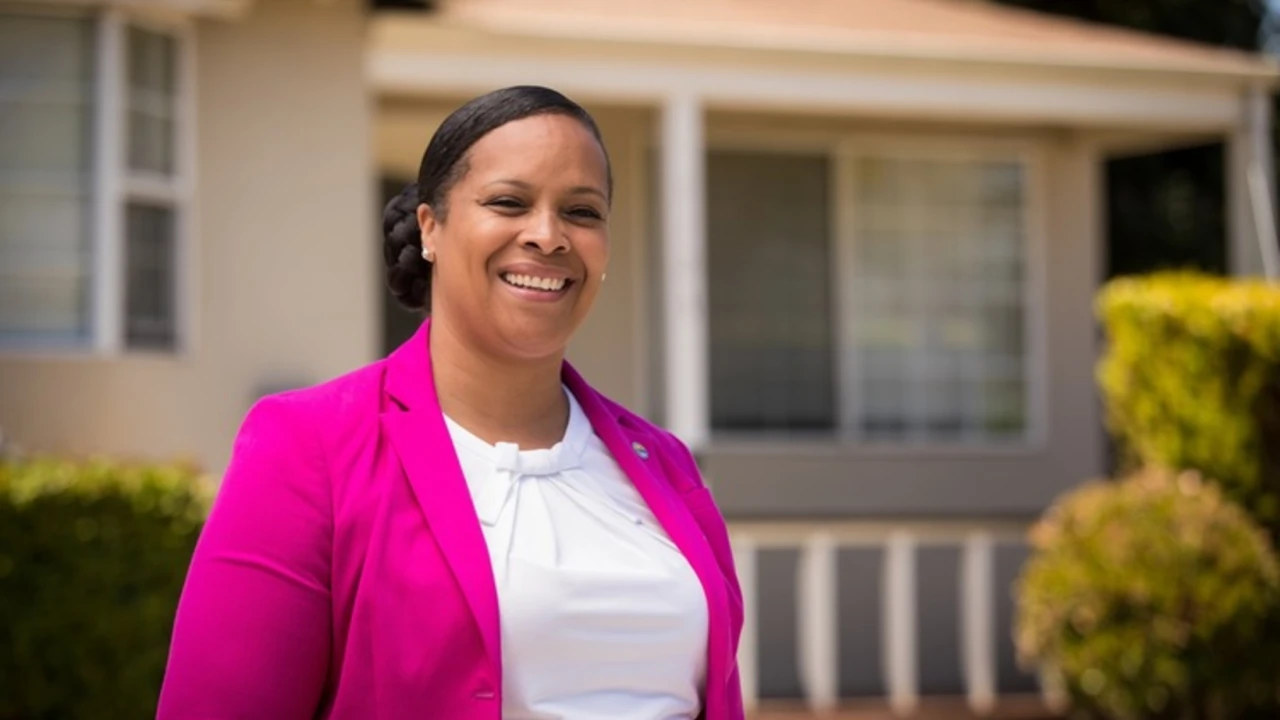The Southeast was the only region of the country where municipal bond volume was lower in the first half of 2025 than a year earlier.
Issuers in the 11-state region sold $44.3 billion of municipal bonds in the first half, down 3.6% year-over-year.
Dan Hartman, managing director at PFM, said he saw Southeast issuance as robust in the first half. New money deals remain common, he said.
He attributed the statistical drop to "less
Nationwide bond issuance was up 14.7% in the first half from the first half of 2024.
The Southeast's first-half decline in 2025 followed a
The region saw a 22.5% increase in the first quarter from first quarter 2024 but a 21.1% decline in the second quarter from a year earlier, according to LSEG data. However, this was largely an artifact of a strong second quarter in 2024. The quarterly bond volumes were: first quarter of 2024, $18.4 billion; second quarter of 2024, $27.6 billion; first quarter of 2025, $22.6 billion; and second quarter of 2025, $21.8 billion.
New money volume was down 3.2% to $32.87 billion; refundings were down 28.7% to $5.69 billion; and volume LSEG tallies as combined new money/refunding was up 42% to $5.57 billion.
State by state
Florida was the biggest source of issuance, with issuers selling $10.2 billion, down 18.5% from a year earlier. Hartman said the Sunshine State decline was due to a few large deals in the first half of 2024.
Alabama was in second, with $5.7 billion, a decline of 16.3% from a year earlier.,
Alabama was followed by North Carolina with $5.591 billion, Georgia with $5.587 billion and Kentucky with $4.3 billion.
North Carolina was up 40.6% from a year earlier and Hartman noted that both the number of deals and their average size increased 20%. The increase is because of the end of federal COVID-19 funding and increasing capital costs, Hartman said. The state has had 11 deals above $200 million in the first half compared to three deals of that size in 2024.
In percentage terms, the states that had the greatest increases were West Virginia with 382.6%, to $895 million, and Louisiana with 36.8% to $2.1 billion. The state whose volume shrank the most was Virginia with 33.3%, to $3.58 million.
West Virginia was boosted by a $400 million hospital deal this year, Hartman said.
The number of Southeast deals in the half was up 2.5% to 602.
In the region, taxable issuance declined 40.7% to $2.27 billion and alternate minimum tax eligible issuance declined 71.3% to $1.14 billion, as tax-exempt volume increased 7.1% to $40.9 billion. The decline in taxable contrasted with a 1.8% increase in the category across the nation.
Bond insurance wrapped $2.95 billion of Southeast debt in the first half, an 18.1% decline.
The region saw a 66.1% increase in general obligation issuance, compared to a 26.7% increase nationally.

The Kentucky Public Energy Authority's $1.208 billion refunding deal in February was the region's biggest in the first half. Morgan Stanley was the lead underwriter on the gas supply refunding bonds deal.
Sectors
Education was the Southeast's biggest sector at $11.1 billion, according to LSEG, a 50.1% increase.
The electric power increased the most in percentage, 147.1%, equal to a $2 billion increase. Nationally it went up 47.8%. Most of the increase was due to substantial energy prepay deals, Hartman said. Also public power entities expanded their capital programs.
The regional sector with the biggest percent decline was utilities, sinking 50.8% to $6.28 billion. While there were gas prepaid deals this year there were not as many as last year, Hartman said.
Transportation had the second biggest percent decline at 26.4%, to $4.84 billion. "Transportation issuance is volatile since large financings can skew statistics easily and there were more large deals in 2024," Hartman said.
Big deals
Following the Public Energy Authority of Kentucky's deal, the Southeast's second biggest deal was $1.021 billion for the South Carolina Public Service Authority, or Santee Cooper, on Feb. 26. This included taxable as well as tax-exempt and new money as well as refunding. The new money went to capital improvements for the power and water utility. It was jointly managed by B of A Securities, JP Morgan, and Barclays.
The third biggest deal was from Florida Development Finance Corporation for $985 million on Feb. 5, with Morgan Stanley as lead underwriter.
Southeast Energy Authority of Alabama brought the number four deal with $980.9 million on Jan. 7. Goldman Sachs was the lead underwriter for the prepaid energy bonds.
Finally, the Kentucky State Property and Building Commission brought $900 million of new money and refunding bonds for economic development and community development projects on March 6. B of A Securities was the lead underwriter.
League Tables
The Southeast's biggest senior manager of the first half was B of A Securities, credited by LSEG with $12.05 billion underwritten. Coming in second was Morgan Stanley with $5.41 billion. Following it were JP Morgan Securities with $4.23 billion, RBC Capital Markets with $3.27 billion and Wells Fargo with $2.86 billion.
The top municipal advisors were PFM Financial Advisors with $11.01 billion, Kaufman Hall & Associates with $4.12 billion, Davenport with $3.17 billion, Municipal Capital Markets Group with $2.90 billion and First Tryon Securities with $2.45 billion.
Chapman and Cutler was the biggest bond counsel in the Southeast, credited with $4.10 billion on only nine deals, the fewest of the top ten bond counsel firms. Following Chapman were Kutak Rock with $3.67 billion, Greenberg Traurig with $3.54 billion, Womble Bond Dickinson with $2 billion and Burr & Forman with $1.92 billion.
The biggest issuers of the first half were the Southeast Energy Authority with $3.25 billion, the Kentucky Public Energy Authority with $1.21 billion, Florida Development Finance Corporation with $1.04 billion, South Carolina Public Service Authority with $1.02 billion and the Kentucky State Property and Building Commission with $900 million.





